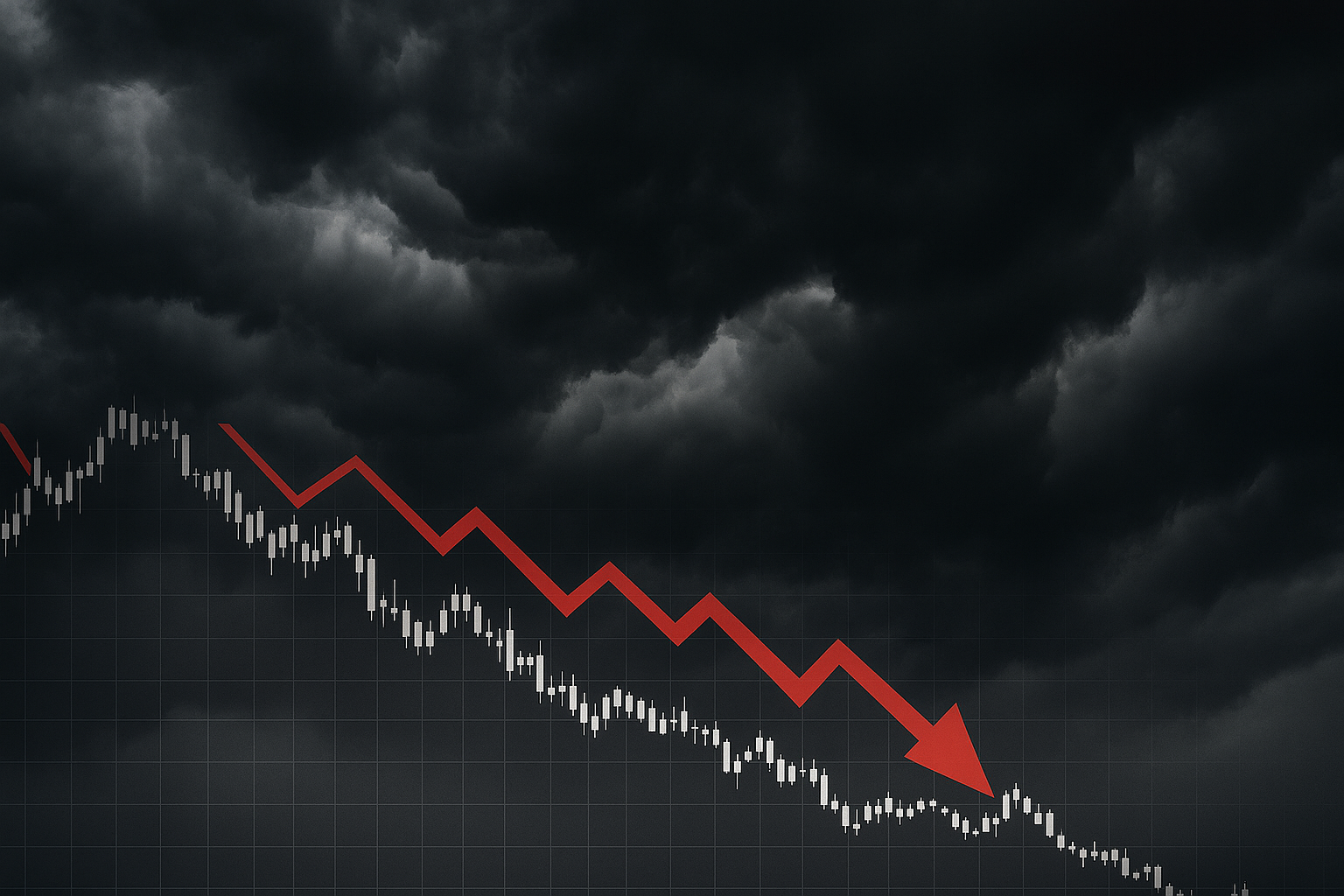Are We Living in a Bubble Economy?
A Look at Overvalued Sectors
The air is thick with anticipation. Stock markets, particularly in certain sectors, have soared to dizzying heights, and asset prices across the board feel untethered from reality. The question is no longer "if" things are highly valued, but whether we are standing in the middle of a colossal economic bubble, where valuations are stretching beyond the scope of fundamental value.
An economic bubble forms when asset prices rise rapidly, driven by speculation and market excitement (often called "irrational exuberance"), rather than by the asset's intrinsic worth, which is based on its ability to generate future cash flows or profits. Let's break down some of the sectors where this disconnect appears most pronounced.
1. The Technology Sector: The AI Mania
Technology has been the undisputed market leader, driven by genuinely transformative innovations like Artificial Intelligence. However, the price tags on some tech companies suggest that investors are not just pricing in success, but perfection and absolute dominance far into the future.
The Trouble with Valuation:
Traditional valuation metrics, like the Price-to-Earnings (P/E) ratio, which compares a company's share price to its per-share earnings, often look astronomical for certain tech firms. A high P/E implies that investors are willing to pay a premium because they expect massive earnings growth in the future. In a bubble, this premium becomes disconnected from any plausible reality.
Example: The AI Chip Frenzy
Consider a company that provides the crucial hardware for AI (like advanced chips). Its stock price might be trading at 50 to 100 times its current earnings or more. For context, a historically "normal" P/E ratio for the broad market is often around 15-25.
The Bubble Logic: Investors are betting that this company's earnings will grow so fast, so consistently, for so long, that the current high price is justified.
The Valuation Disconnect: This valuation leaves almost no margin for error. If a new competitor emerges, if AI development slows, or if the technology proves less immediately profitable than hoped, the stock price could suffer a sudden, sharp correction because the underlying value simply cannot support the speculative price.
2. The Real Estate Sector: Residential and Commercial Disparity
Real estate, both residential and commercial, is often subject to local bubbles. Easy credit, low interest rates (historically), and the emotional factor of homeownership can push housing prices well beyond what is sustainable based on local incomes.
The Trouble with Valuation:
A key metric for residential real estate is the Price-to-Income Ratio, which measures median home prices against median household income. A rising ratio indicates that homes are becoming less affordable relative to what people earn.
Example: The Housing Affordability Crisis
In many desirable urban and suburban markets, the average home price requires a multiple of 7x to 10x or more of the median household income, far exceeding historical norms (which typically hover around 3x-4x).
The Bubble Logic: Homebuyers are convinced that prices "only go up" and are willing to take on massive debt, often with less favorable terms, just to get into the market, fueled by a Fear Of Missing Out (FOMO).
The Valuation Disconnect: When housing prices grow faster than wages for an extended period, the market is primarily supported by either excessive debt or outside investment, not by the fundamental earning power of the local population. A rise in interest rates or an economic downturn can quickly reveal the fragility of this debt-fueled pricing.
3. The Financial Sector: "Shadow Banking" and Credit
While traditional banks are generally more regulated today than before the 2008 crisis, a rapidly growing segment of the financial world—often referred to as Non-Bank Financial Intermediaries (NBFIs) or "Shadow Banks"—is a source of increasing concern. This sector includes hedge funds, private equity, and various non-depository lenders.
The Trouble with Valuation:
The risk isn't necessarily the value of a single asset, but the systemic risk and the vast amount of leveraged debt (borrowed money) used to acquire assets.
Example: Overleveraged Private Assets
A private equity firm buys a chain of businesses or real estate using a significant amount of debt, hoping to flip it for a profit. The valuation of this asset is often based on highly optimistic growth projections that rely on perpetually low borrowing costs.
The Bubble Logic: The aggressive use of leverage is rationalized by the assumption that asset prices will continue to rise and borrowing costs will remain manageable.
The Valuation Disconnect: When interest rates rise, the cost of servicing that debt explodes. If the business's actual profits don't match the lofty projections, the asset's value collapses. Since NBFIs are interconnected with the broader banking system, distress in this "shadow" world can quickly transmit risk to the entire financial system.
The Warning Signs
In each of these sectors, the core danger is the same: speculation has replaced fundamentals. The belief that someone else will pay an even higher price tomorrow—the greater fool theory—drives asset prices to points where their intrinsic ability to generate value simply cannot catch up.
The current economy exhibits classic bubble characteristics: soaring prices concentrated in a few popular sectors, a high degree of leverage, and the widespread belief that "this time is different" because of a new innovation (like AI).




